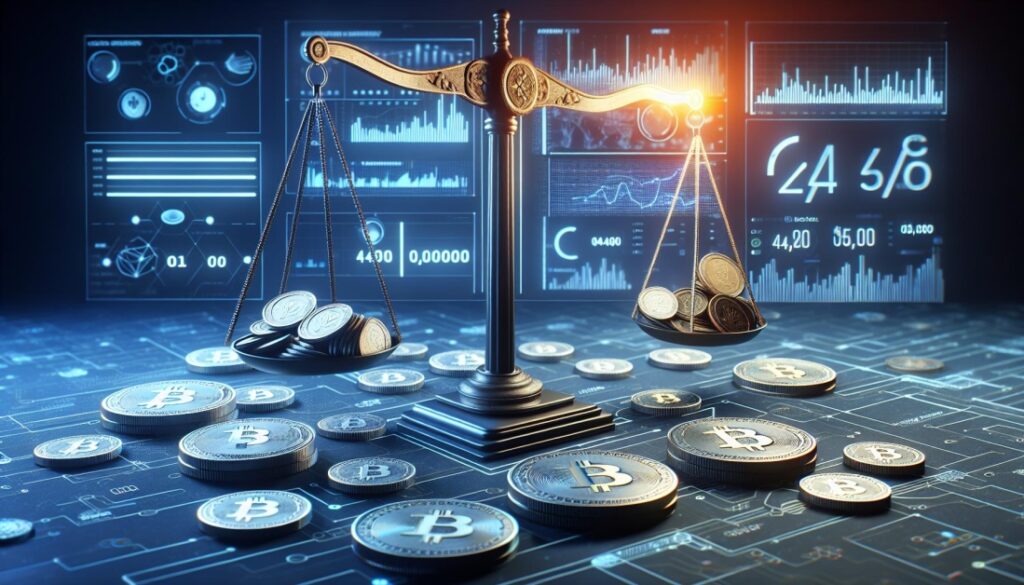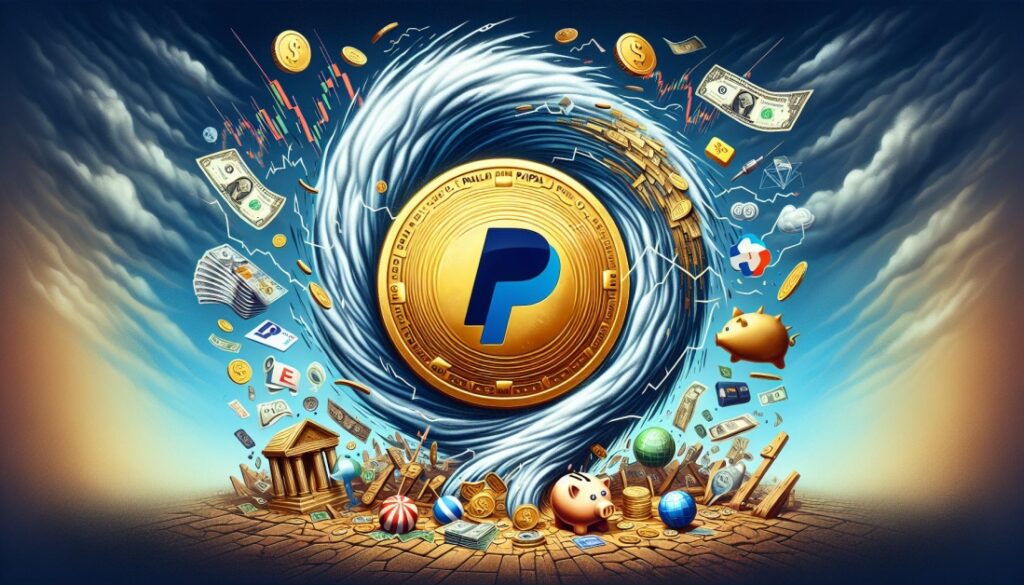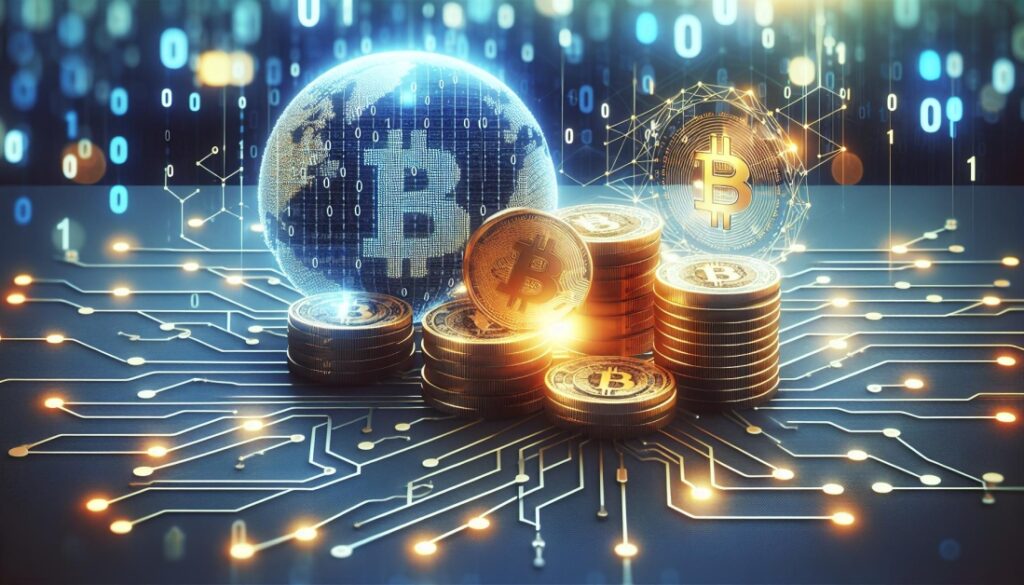PayPal’s Real Stablecoin Strategy: It Wants to Earn Interest on Your Deposits

Unsurprisingly, news broke this week that PayPal (PYPL) will be issuing a USD-denominated stablecoin on the Ethereum platform. This even sparked a small rally in other tokens. The news that PayPal (PYPL) will be issuing a US dollar stablecoin on the Ethereum network lit up the crypto world and even sparked a small rally in other tokens.
There’s reason to believe it wasn’t the technology itself that won over the $64 billion payments giant. The immediate motivation may be simple.
PayPal wants to collect interest on your dollar.
PYUSD, like all other reputable dollar stablecoins, is “backed” by a collection of highly liquid dollar bank deposits and dollar equivalents held by the Paxos Trust. PYUSD is likely to be backed by short-dated US Treasuries, which are offering a 5% yield. PayPal keeps the return.
This adds a new dimension to the comments of Jose Fernandez da Ponte, Head of Crypto at PayPal. Da Ponte told CNBC Crypto, “We see PYUSD as a way to grow PayPal’s balance… and make it available outside of the PayPal ecosystem.”
PayPal balances are the funds that customers leave on the platform, or in the case of PYUSD, the funds they exchange for PYUSD using PayPal. To be clear, users should not do this in bulk, primarily because their money could be confiscated (and it can be confiscated as stablecoins as well). PayPal pays no interest, so you should never leave your balance. PayPal became a source of income once the underlying interest rate started to rise.
What is the average amount of money people deposit at PayPal?
PayPal’s figures are not entirely clear. In PayPal’s quarterly reports, interest income from customer deposits is reported as part of a category called “Revenues from Other Value-Added Services.” This includes “interest on certain assets underlying customer balances” and a variety of other revenue streams such as “referral fees, subscription fees, gateway fees and other services.”
We know that “added value” revenue has grown much, much faster than transaction fee revenue. It rose 37% between the second quarter of 2022 and the same period in 2023, while transaction revenue rose just 4.5%. This divergence is likely due to rising rates on customer deposits.
Two simple reasons would make PayPal’s stablecoin more attractive. Da Ponte suggested that the improved services that a stablecoin offers could encourage users to keep more money in PYUSD for longer. In theory, that could happen if there were simply more ways to use PYUSD than a traditional PayPal balance — for example, for crypto trading on decentralized finance platforms. These larger total collateral balances will generate more interest in the PayPal backend.
PYUSD is initially available for US customers who have previously purchased crypto through PayPal, but due to the global nature of the blockchain, it will be available worldwide in time.
A stablecoin can be used without the PayPal balance ever having to leave its vault. Rental payments from PayPal deposits must be converted to dollars before they can be deposited into a bank account. The same landlord (or eBay seller or whatever) might accept payment in PYUSD and use those tokens to pay contractors or service providers.
PayPal would then generate more revenue from Treasury or other interests if a larger proportion of PYUSD users “cash out” at any point would. If enough users realize that a blockchain token’s transparency is more reliable than a number displayed on a website, then that could even fuel momentum. If we assume that interest rates will be higher than they have been over the past decade, PayPal’s earnings could shift more towards interest income from deposits.
PYUSD could have a similar impact on PayPal’s corporate strategies as the crypto industry, even if the stablecoin market is crowded.




